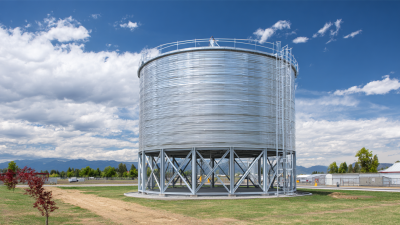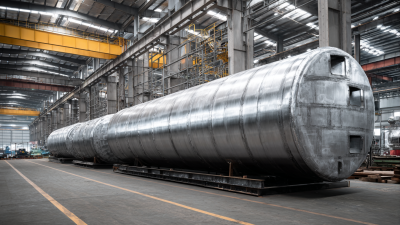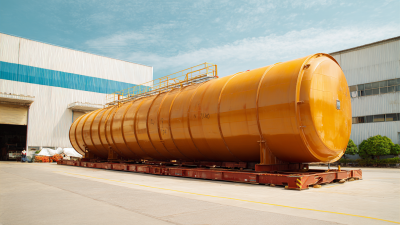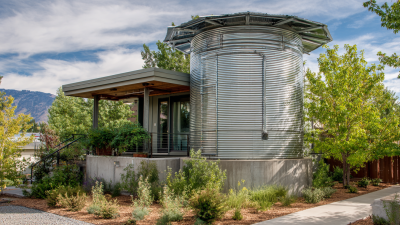In the evolving landscape of industrial storage solutions, Pressed Steel Tanks have emerged as a pivotal innovation, combining durability with efficiency. According to a report by Smithers Pira, the global market for steel storage tanks is anticipated to reach $12 billion by 2025, driven by the increasing demand for reliable and safe storage options in various sectors, including oil and gas, water treatment, and agriculture. This growth is largely attributed to the advantages offered by Pressed Steel Tanks, such as their resistance to corrosion, ability to withstand extreme weather conditions, and cost-effectiveness over traditional storage methods. As industries seek sustainable and long-lasting solutions, understanding the innovations and benefits of Pressed Steel Tanks becomes essential for stakeholders looking to optimize their storage systems and maintain competitive advantages in a rapidly changing market.
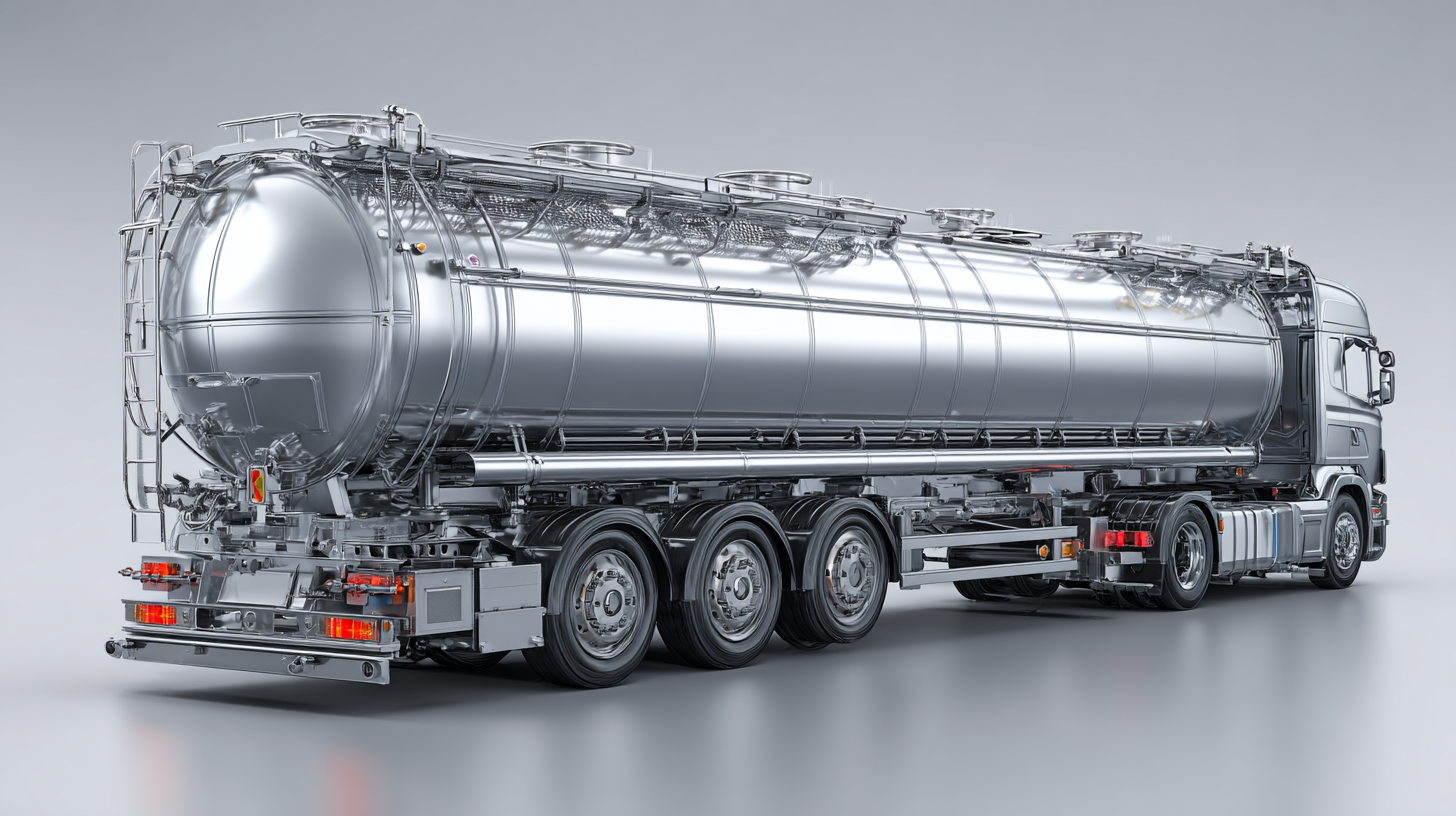
Emerging technologies are revolutionizing the design and functionality of pressed steel tanks, making them a more efficient and reliable solution for various industries. Advanced manufacturing techniques, such as robotic welding and 3D printing, have significantly enhanced the precision and durability of these tanks. These innovations not only reduce production time but also minimize material waste, further contributing to environmental sustainability. The integration of smart sensors and IoT capabilities is another game-changer, allowing for real-time monitoring of tank conditions and maintenance needs, thus ensuring optimal operation and safety.
Additionally, the use of higher-grade steel and corrosion-resistant coatings is advancing the longevity and performance of pressed steel tanks. These improvements enhance resistance to harsh environments, making them suitable for diverse applications such as water storage, chemical processing, and oil and gas industries. Furthermore, the adoption of modular design concepts enables easier transportation and installation, breaking traditional limitations associated with large tank systems. As these technologies continue to evolve, pressed steel tanks are poised to play a crucial role in meeting the growing demands of industrial efficiency and eco-friendliness in the future.
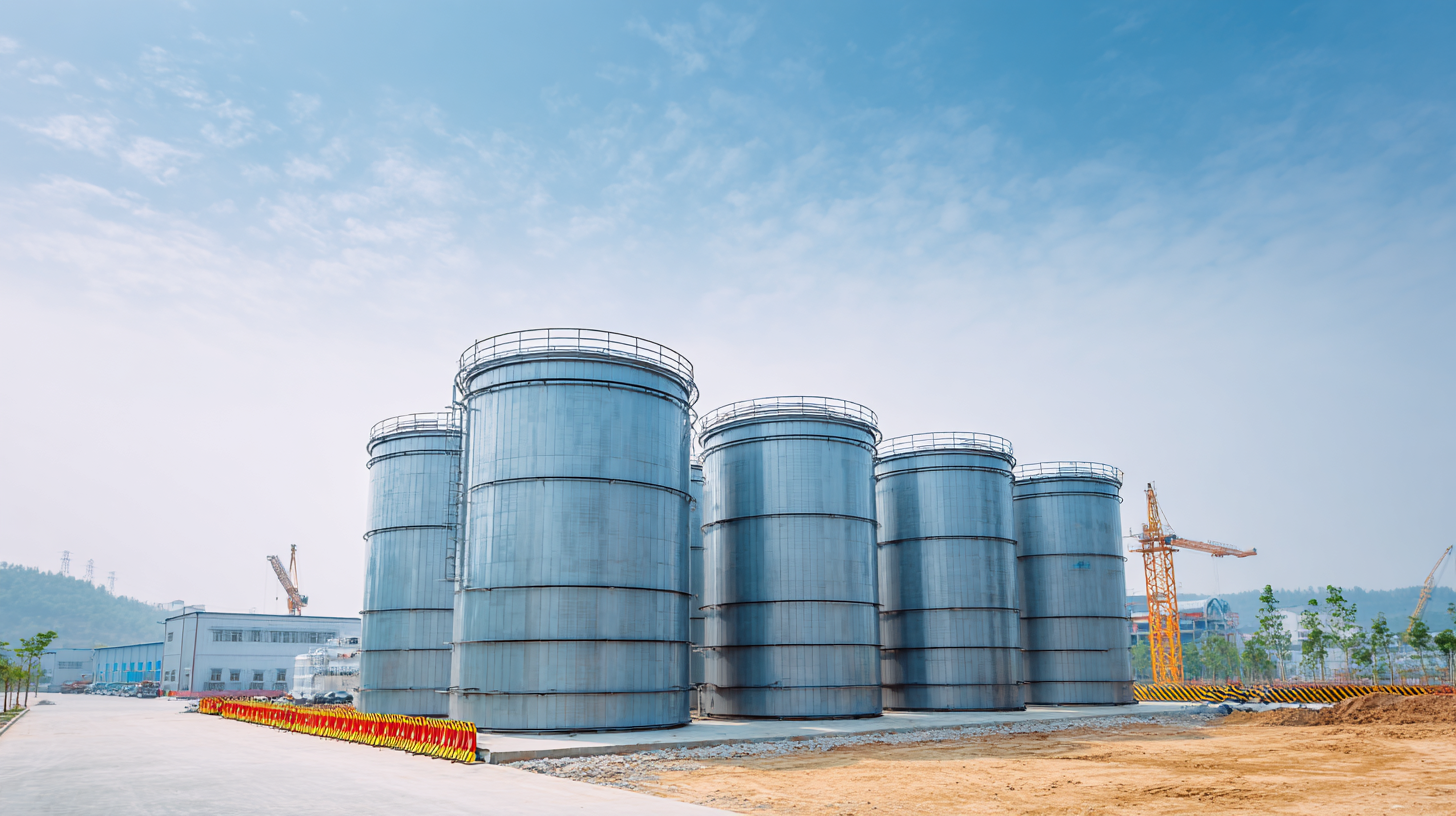 Pressed steel tanks are becoming a popular choice in various industries due to their unique advantages. One of the key benefits of using pressed steel tanks is their durability. Designed to withstand high pressure and extreme environmental conditions, these tanks are less prone to corrosion compared to traditional materials. This longevity translates to lower maintenance costs and longer service life, making them an economical option for long-term investments.
Pressed steel tanks are becoming a popular choice in various industries due to their unique advantages. One of the key benefits of using pressed steel tanks is their durability. Designed to withstand high pressure and extreme environmental conditions, these tanks are less prone to corrosion compared to traditional materials. This longevity translates to lower maintenance costs and longer service life, making them an economical option for long-term investments.
Tips: When selecting a pressed steel tank, consider the environment in which it will be used. Ensure that the tank is coated with appropriate materials to further enhance its resistance to corrosion and wear.
Another significant advantage is the versatility offered by pressed steel tanks. They can be customized in various shapes and sizes to fit specific applications, from water storage to industrial chemical containment. Their lightweight nature ensures easier transportation and installation, making them suitable for a wide range of settings.
Tips: Always verify the specifications and certifications of the tank you intend to use, especially if it's for critical applications. Proper installation and adherence to safety standards can enhance the performance and lifespan of the tank significantly.
The pressed steel tank industry is increasingly focusing on sustainability innovations to meet the demands of a changing environment. Recent reports indicate that traditional tank manufacturing processes contribute significantly to carbon emissions, with estimates suggesting that about 8% of global greenhouse gases come from industrial manufacturing, including metal processing. In response, manufacturers are adopting eco-friendly practices, such as using recycled steel. According to industry data, utilizing recycled steel can reduce energy consumption by approximately 75%, decreasing the overall environmental footprint of pressed steel tanks.
Moreover, advancements in manufacturing technologies are paving the way for more sustainable designs. For instance, the adoption of precision engineering techniques minimizes waste during production, as highlighted by a study from the Metal Construction Association, which found that new fabrication methods can reduce material waste by up to 30%. Additionally, the integration of renewable energy sources in the manufacturing process is becoming more prevalent, with over 40% of industry players investing in solar and wind energy solutions. These innovations not only support sustainability goals but also enhance the economic viability of pressed steel tank production in a competitive market.
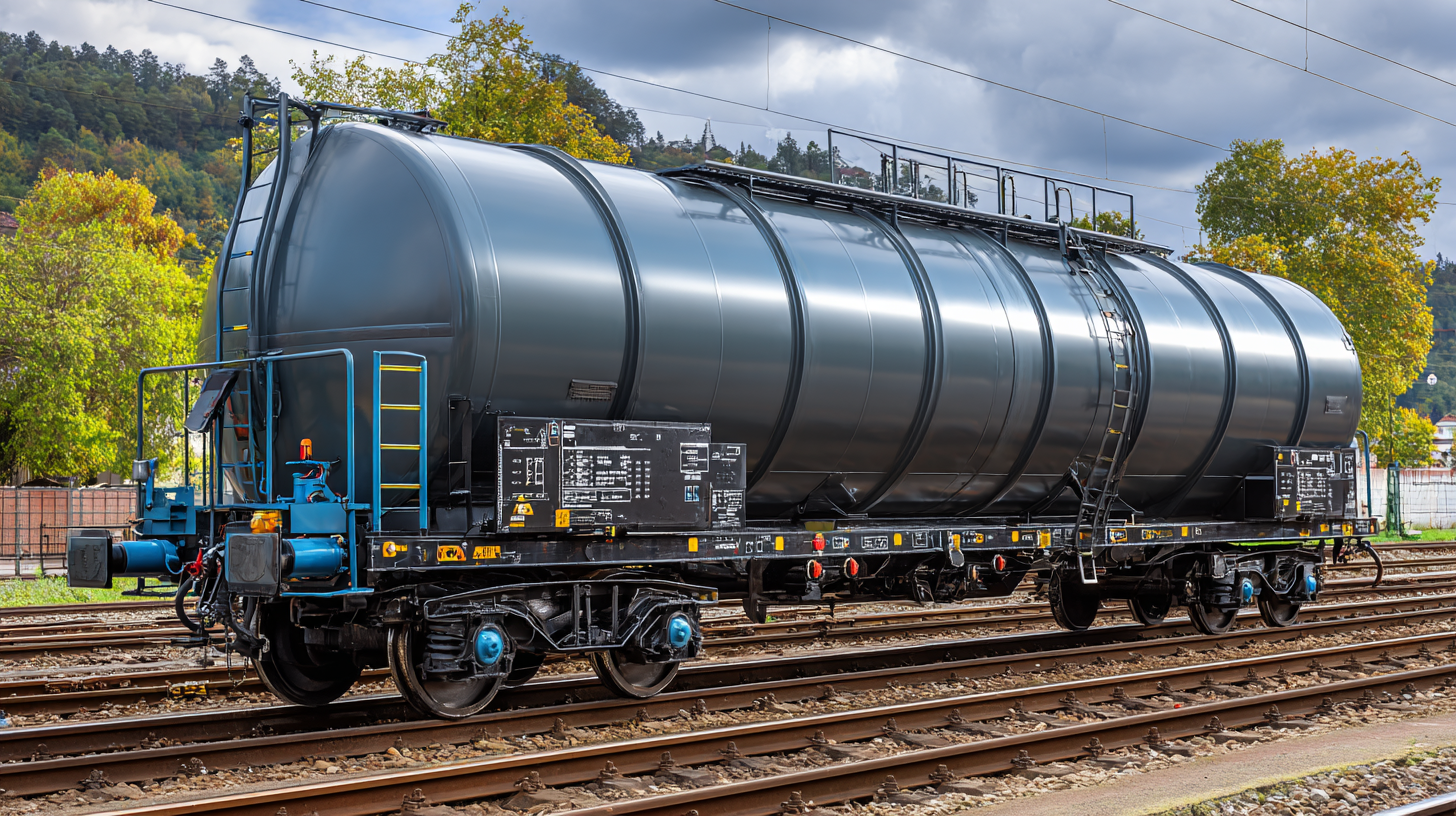
As industries evolve, the choice of storage solutions becomes increasingly critical. When comparing pressed steel tanks to traditional storage options like concrete or fiberglass, pressed steel tanks consistently stand out due to their superior strength and reliability. According to a recent report by the Steel Tank Institute, pressed steel tanks exhibit a lifespan of over 30 years with minimal maintenance, while traditional solutions may require extensive upkeep and have shorter lifespans. This durability not only reduces long-term costs but also enhances operational efficiency for businesses.
**Tip:** When selecting a storage solution, assess both initial costs and long-term value. Pressed steel tanks may involve a higher upfront investment but offer significant savings over time due to reduced maintenance and longer service lives.
Additionally, the weight-to-strength ratio of pressed steel makes them a more versatile choice for various fluids compared to fiberglass tanks. The American Society of Mechanical Engineers (ASME) states that pressed steel tanks can withstand pressures exceeding 150 psi, significantly outperforming traditional options. This competitive edge grants businesses greater flexibility in what they can store, optimizing their operations.
**Tip:** Evaluate environmental factors and storage requirements before making a decision. Pressed steel tanks can adapt to various applications, making them suitable for diverse industrial needs.
| Feature | Pressed Steel Tanks | Traditional Storage Solutions |
|---|---|---|
| Durability | High resistance to corrosion and weather damage | Susceptible to rust and deterioration over time |
| Cost-Effectiveness | Lower initial investment and maintenance costs | Higher installation and repair costs |
| Installation Time | Quick to set up and deploy | Longer installation periods |
| Weight | Generally lighter, making transport easier | Heavier and more cumbersome |
| Customizability | Can be easily modified to meet specific needs | Limited customization options |
| Sustainability | Often made from recyclable materials | Materials may not be reusable or recyclable |
The future of pressed steel tank designs is set to be shaped by innovations prioritizing environmental sustainability and efficiency. As industries strive to minimize their carbon footprints, manufacturers are increasingly adopting eco-friendly coatings and materials that enhance the longevity and durability of steel tanks. These advancements not only reduce environmental impact but also lower maintenance costs, making pressed steel tanks a more appealing choice for businesses looking to balance performance with corporate responsibility.
In addition to sustainability, technological integration is revolutionizing the features of pressed steel tanks. Smart monitoring systems utilizing IoT technology will enhance operational efficiency by providing real-time data on tank conditions and contents. This automation will facilitate preventive maintenance, prolonging the lifespan of the tanks and preventing costly downtimes. Furthermore, ergonomic designs are emerging, making installation and operation simpler, which ultimately contributes to safer work environments. These trends indicate a shift towards more intelligent, user-centered pressed steel tank designs that cater to the evolving needs of various industries.
